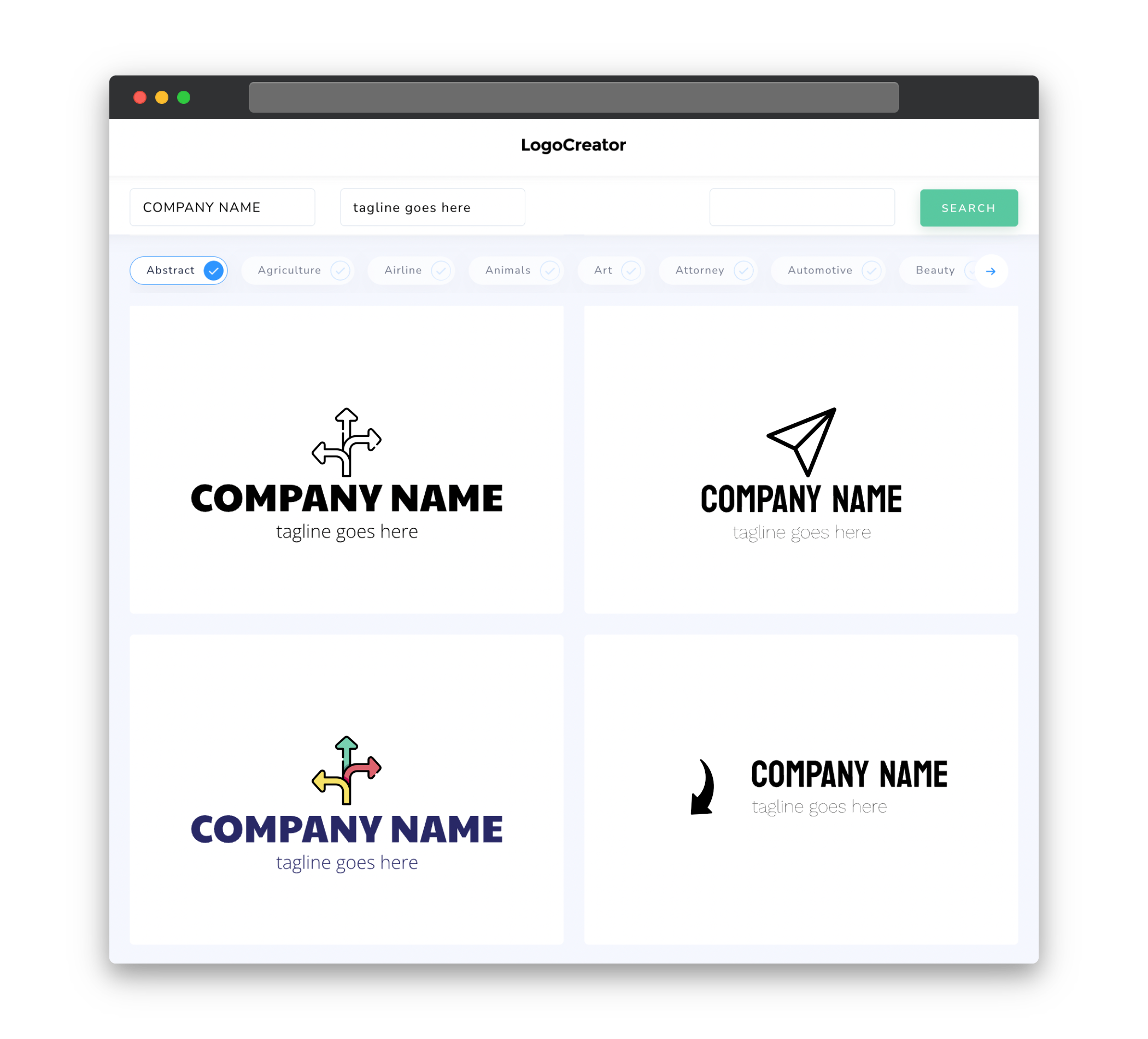Audience
When it comes to creating a memorable direction logo, it’s important to understand your target audience. Your direction logo should be designed with your target market in mind, ensuring that it resonates with them and captures their attention. Consider the demographics, interests, and preferences of your audience. Are they young and tech-savvy? Are they more conservative and traditional? Understanding your audience will help you make design decisions that align with their expectations and preferences.
Icons
Icons play a critical role in direction logos, as they visually represent the concept of movement or direction. They can be used to symbolize navigation, progress, growth, or any other aspect related to direction. When choosing icons for your direction logo, make sure they are clear, simple, and easily recognizable. Avoid using complex or ambiguous symbols that may confuse your audience. Icons can be customized and stylized to match your brand’s aesthetic, but it’s important to strike a balance between creativity and clarity to ensure your logo effectively conveys its intended meaning.
Color
Color is a powerful tool in logo design, and it can greatly enhance the message you want to convey with your direction logo. When choosing colors for your direction logo, consider the emotions and associations they evoke. For example, blues and greens can create a sense of calmness and reliability, while vibrant colors like red or orange can convey energy and excitement. Additionally, you can incorporate contrasting colors to highlight different elements of your direction logo and create visual interest. Remember to also consider your brand’s existing color palette and ensure the colors you choose for your direction logo align with your overall brand identity.
Fonts
Fonts play a crucial role in the overall look and feel of your direction logo. The right font can convey the appropriate tone and personality of your brand, while the wrong font choice may distract from your intended message. Consider selecting fonts that are legible and appropriate for your target audience. Serif fonts, for example, can give a more traditional and sophisticated feel, while sans-serif fonts are often associated with modernity and simplicity. It’s important to choose fonts that are visually appealing and complement the overall design of your direction logo.
Layout
The layout of your direction logo should be carefully considered to ensure it effectively communicates the concept of direction. One common approach is to use asymmetry or directional lines to guide the viewer’s eye towards a specific focal point or create a sense of movement. For example, you may use a diagonal or upward-slanting design to imply progress or growth. Remember to keep the layout balanced and visually appealing, avoiding overcrowding or clutter. A clean and well-structured layout will make your direction logo more memorable and visually pleasing.
Usage
Consider the various ways your direction logo will be used across different platforms and mediums. Your logo should be adaptable and scalable, ensuring it looks great whether it’s displayed on a website, social media profile, business card, or any other marketing collateral. Test your logo across different sizes, from small icons to larger banners, to ensure it remains legible and visually appealing. Additionally, ensure that the logo works well in both color and grayscale, as it may need to be displayed in various formats. By considering the different usage scenarios, you can create a direction logo that maintains its impact and visual appeal across all platforms.



